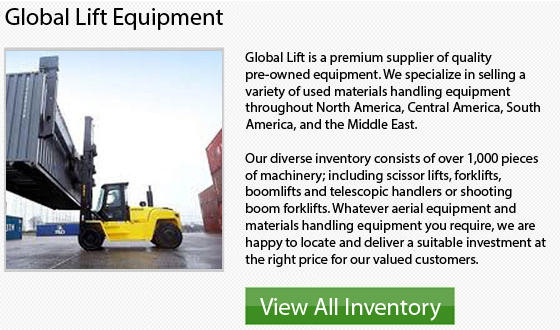
Lift Truck Tank Safety
The propane powered forklift is among the most popular types of lift trucks. These vehicle are powered by propane, which come with certain considerations that must be accounted for. It is vital that Personal Protective Equipment or also called PPE is worn all the time to be safe.
Personal Protective Equipment or PPE
Propane gas is really cold. So cold in fact that contact to your skin can cause serious burns to happen. Whenever you are exchanging the propane tank or re-fueling, be certain to wear thick gloves and a full face shield or goggles. PPE or Personal Protective Equipment is a requirement to be utilized on site in order to keep the driver as safe as possible. PPE or Personal Protective Equipment is a standard workplace requirement for most companies utilizing this type of machinery and if the operator does not have the right items on, such as a hardhat, safety goggles, steel-toe boots and so on than she or he may be prohibited from operating the equipment.
Inspect the Valve
If you are in the process of exchanging the tank, be certain that the valve on the new tank is absolutely turned off before connecting the fuel line. This is really important because when you are inserting the fuel line into an open valve, you will release the propane gas. This condition can lead to a potentially hazardous condition.
Fire Extinguisher
Another essential safety measure to have implemented is to have a fire extinguisher close by when fuel is being added or when the tank is being changed. Most companies have fire extinguishers situated next to the refueling station. It is better to have one close and not need it, than to require one and not have one nearby. Nearly all safety rules need this is set up on location as well.
Secure the Tank
Nearly all propane tanks have either a strap or a restraining device to secure the tank to the machinery. Be sure that this device is properly working and correctly utilized so that you could prevent the tank from shifting or falling, because this could also lead to a hazardous condition.